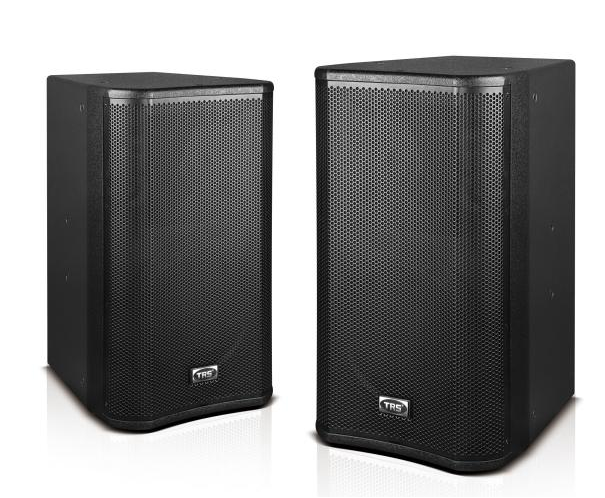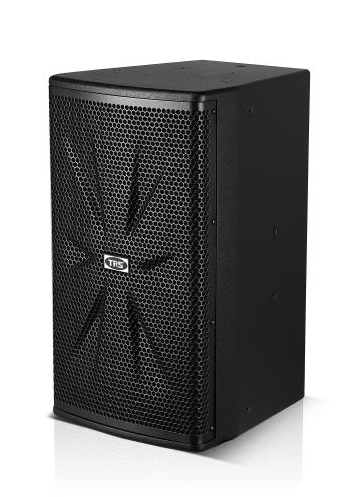1. Appropriate power pairing: Ensure that the power pairing between the audio source device and the speaker is reasonable. Do not over drive the horn as it may cause excessive heat and damage. Check the specifications of the audio and speaker to ensure they are compatible.
2. Using an amplifier: If you use an amplifier, ensure that the power of the amplifier matches the speaker. Excessive power amplifiers can cause damage to the speaker.
3. Avoid overload: Do not make the volume too high, especially during prolonged use. Prolonged use of high volume speakers may cause wear and damage to the speaker components.
4. Use low-pass filters: Use low-pass filters in the audio system to avoid low audio frequencies being transmitted to the speakers, which can reduce pressure on the high audio speakers.
5. Avoid sudden volume changes: Try to avoid rapid volume changes as they may damage the speaker.
6. Maintain ventilation: The horn should be placed in a well ventilated location to prevent overheating. Do not place the speaker in a confined space as it may cause overheating and reduce performance.
7. Regular cleaning: Regularly clean the horn to prevent dust and dirt from adversely affecting sound quality
8. Proper placement: The speaker should be placed correctly to achieve the best sound effect. Ensure that they are not blocked or obstructed to avoid problems with sound reflection or absorption.
9. Protective cover and protection: For vulnerable horn components, such as diaphragm, protective cover or cover can be considered to protect them.
10. Do not disassemble or repair: Unless you have professional knowledge, do not disassemble or repair the horn randomly to prevent unnecessary damage.
By taking these preventive measures, you can extend the lifespan of the speaker and maintain its good sound quality. If any problems arise, it is best to hire a professional technician for repair
If the audio horn is damaged, you can consider the following steps to solve the problem:
1. Determine the problem: Firstly, determine the specific part of the damage and the nature of the problem. Speakers may have various types of issues, such as sound distortion, noise, and lack of sound.
2. Check the connection: Ensure that the horn is correctly connected to the audio system. Check if the cables and plugs are functioning properly, sometimes the problem may only be caused by loose connections.
3. Adjust the volume and settings: Ensure that the volume setting is appropriate and do not over drive the speakers in the audio system, as this may cause damage. Check the balance and settings of the audio system to ensure they are suitable for your needs.
4. Check the horn components: If the problem persists, you may need to turn on the horn and inspect the horn components, such as the horn drive unit, coil, diaphragm, etc., to see if there is visible damage or breakage. Sometimes problems may be caused by malfunctions in these components.
5. Cleaning: The sound quality of the horn may also be affected by dust or dirt. Ensure that the surface of the horn is clean and use suitable cleaning tools to clean the horn.
6. Repair or replacement: If you determine that the horn components are damaged or have other serious issues, it may be necessary to repair or replace the horn components. This usually requires professional skills, and you can consider hiring a sound repair expert or technician to repair the horn, or purchasing a new horn as needed.
Remember, repairing the horn requires professional skills. If you are unsure how to handle the problem, it is best to consult our manufacturer to avoid further damage to the horn or potential hazards.
Post time: Nov-02-2023


